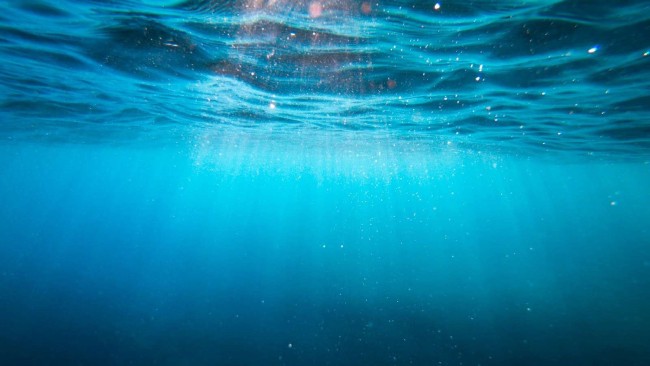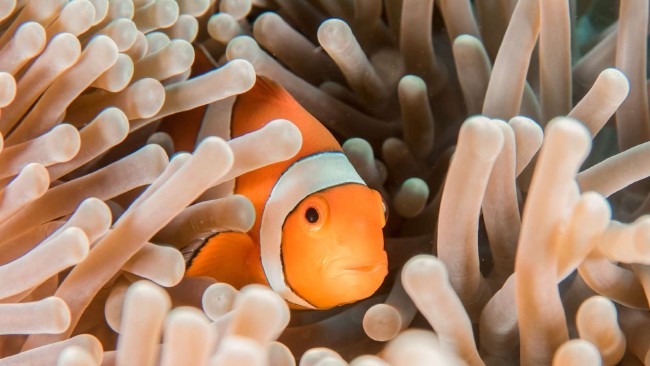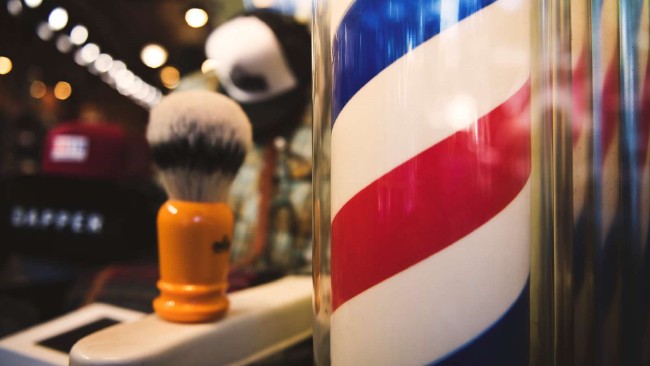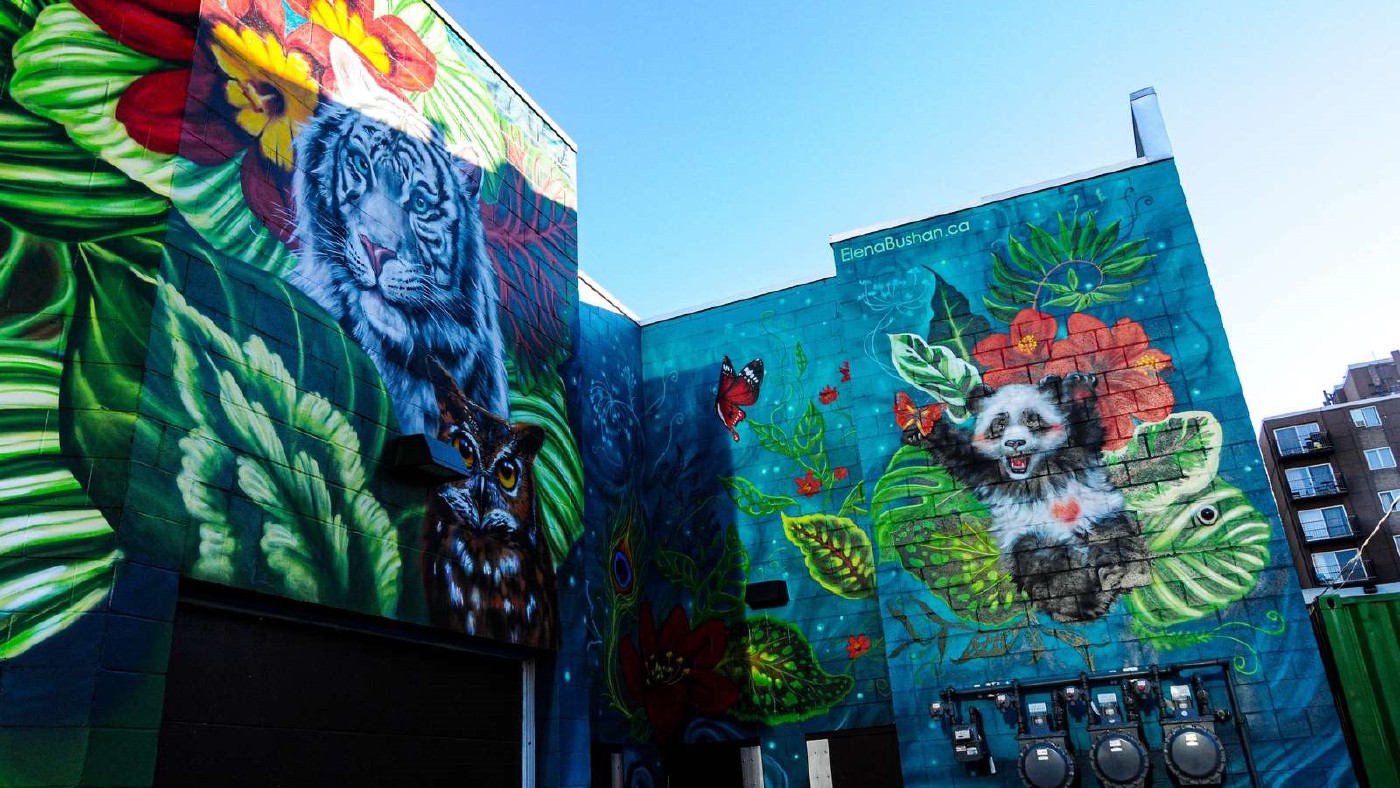
🎨 Cleaning the Air With Graffiti and Generating Power From Cocoa Waste
Bonjour 👋 Did you know? A quarter of UK’s homes sit above abandoned coal mines, flooded with warm water. This water could be pumped to generate zero-carbon heating for homes and warehouses.
📈 Social Impact Trends
- The European Commission announced new legally binding policies to meet the climate change goals of reducing 55% of emissions by 2030 and reaching net-zero emissions by 2050.
- G20 formally considers putting a price tag on total carbon pollution as an incentive to drive investment into renewable and cleaner energy. The overarching goal is to consolidate international coordination on reducing global carbon emissions.
- The European Union aims to eliminate all petrol and diesel-powered vehicles – responsible for 12% of total EU CO2 emissions – by 2035. It also looks to get 40% of its energy from renewable sources by 2030.
🎨 The Graffiti That Clean the Air
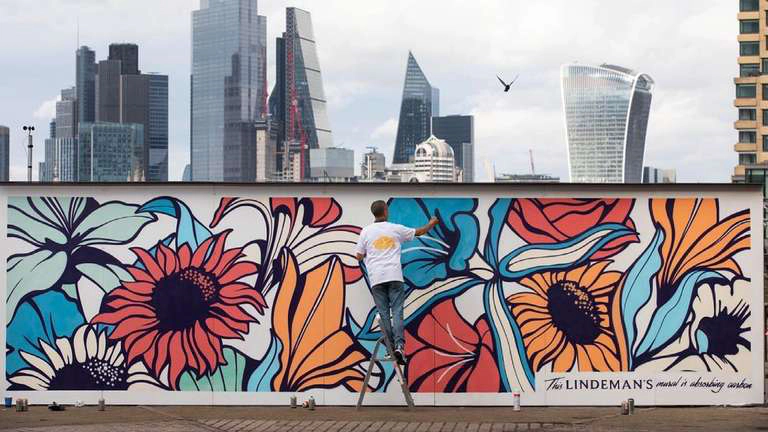
In London and Bristol, graffiti artists Nerone and Jody Thomas painted murals that absorb carbon dioxide from the air! Working with Lawless Studio, the French and British artists created these paintings to celebrate Lindeman’s winery’s carbon neutral certification through the Carbon Trust.
Graphenstone paint, the secret ingredient behind the murals, is a product combining lime and graphene technology. This company leverages these two components to create a carcinogen-free paint that filters the ambient air. Due to a natural process, the lime absorbs CO2 and cleans the air we breathe when it’s carbonating.
Why does it matter? According to the European Environment Agency data, the mural in London will absorb about 1.3kg of carbon dioxide in its lifetime – the same amount a mature tree would absorb in three weeks. On the other hand, the Bristol one will absorb a whopping 2.6kg of CO2.
Art has been instrumental in helping the world cope with the pandemic, and it looks like it could also play its part in decarbonizing our air 💪
🍫 The Cocoa Waste That Could Power Millions of Homes
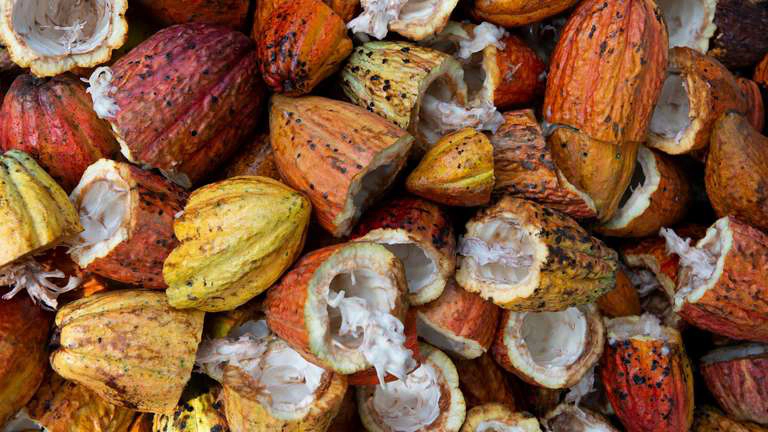
Ivory Coast, the world’s largest cocoa producer, will inaugurate a biomass plant that runs on cocoa waste. In this country, where more than 40% of all cocoa beans originate, bean shells, pod husks and cocoa sweatings are usually thrown away.
This waste will now become the cornerstone of the Ivory Coast’s ecological transition to renewable energy. According to the Ivorian company Société des Energies Nouvelles (Soden), this biomass plant will produce between 46 and 70MW of electricity per year, providing electricity to 1.7 million people (around 7% of the country’s entire population).
Ivory Coast currently gets most of its power from fossil fuels – natural gas generating 70% of its energy. However, the country aims to cut greenhouse gas emissions by 28% by 2030, and studies have shown that the new plant could reduce these emissions by 4.5 million tonnes.
Why does it matter? Besides the source of renewable energy, recycling cocoa waste could also benefit the 6 million people working for this industry throughout the country. Indeed, this biomass plant will add a new income stream for farmers and create new jobs, generating overall positive effects in the communities.
In a country with fast-growing energy needs, innovations such as this one could make a massive difference 🚀
🎯 The Pick
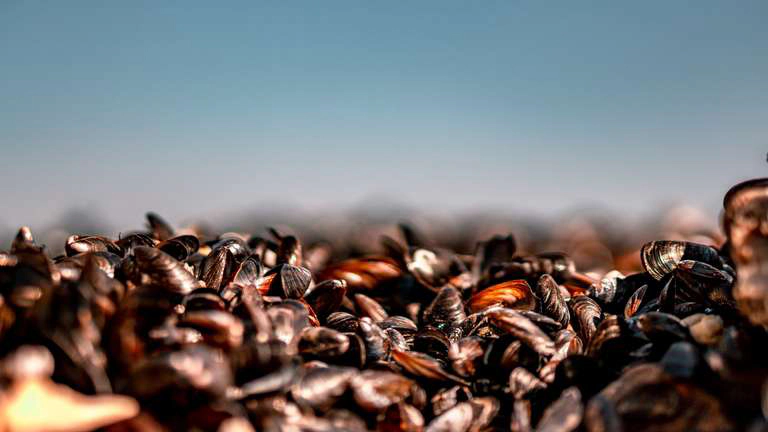
Pennie Lindeque, Plymouth Marine Laboratory’s Head of Science, turned to nature to address microplastic pollution. Specifically, her team uses mussels to filter water and extract tiny pieces of plastic – smaller than 5 millimetres across – generated from plastic pollution disintegration.
As it feeds, an adult mussel can filter up to 55 litres of water a day. During their experiments, Pennie’s team placed 300 mussels in a tank and found that they filtered out more than 250,000 microplastics per hour! The mussels eventually excrete the microplastics, which naturally sink into the water and become readily disposable. All this happens without causing any harm to the mussels.
In the future, Pennie also hopes to use the plastic-filled excrements as a biofuel since they are rich in carbon.
Why does it matter? Collecting microplastic is difficult. Projects like the Ocean Cleanup can gather large pieces of plastic, but no organization has yet managed to extract smaller particles at scale. By leveraging nature’s potential, this project could uncover a way to tackle microplastic pollution naturally 😎
🌍 Meanwhile, Worldwide…
🏊 The residents of New York City might soon be able to swim in the famously polluted Hudson River. To achieve this feat, the non-profit organization + POOL designed a plus-shaped, water-filtering, floating swimming pool. Once deployed, this 9,000 square foot pool will filter 600,000 gallons per day – cleaning the river bit by bit while letting New Yorkers enjoy a new recreational space.
🚲 In Finland, you can now go to your library to borrow books and e-cargo bikes! The goal is to remove barriers to adoption by lending box bikes – ideal for carrying children, groceries etc. – for free. This initiative proves once again that libraries are vital to our communities 🤩
💧 A team of Korean researchers developed a nanofiber membrane that can turn salt water into fresh water in minutes by rejecting 99.99% of salt while staying fully dry. This groundbreaking innovation could help the 900 million people worldwide who lack a clean source of drinking water.
👕 Lululemon, the athletic apparel retailer, is experimenting with the first-ever fabric made from ethanol produced by pollution-eating bacteria. The company partnered with LanzaTech, a biotech startup that turns pollution into ethanol and uses it as feedstock to produce polyester. The resulting fabric is completely identical to regular polyester and could pave the way to a future without fossil-carbon-based clothes.
👟 Honda, the Japanese car company, designed an in-shoe navigation system for people with vision loss. The system includes a three-dimensional vibration device and a motion sensor attached inside the shoe. The associated app can guide the person by making their foot vibrate in the required direction. This mechanism is insensitive to ambient noises and leaves users free to use their hands.
🎵 When the musician Yoko Sen had to spend time in a hospital, she noticed that the surrounding sound affected her ability to recuperate. So as soon as she recovered, she created SenSound to humanize hospital sounds. Almost 80% of sounds in the ER come from patient monitoring, and making them more soothing can go a long way towards improving patients’ journey and recovery.
😍 Wholesomeness

That’s a wrap. If you enjoyed this newsletter, please share it with your friends! For any feedback, reach out and drop a comment here or on our social media platforms :-)
Have an amazing week ahead 💗
Related Posts
🐞 Gardening Underwater and Replacing Pesticides With Laser Beams
Bem-vindo 👋 Did you know? The elephant population in Tanzania rose from 43,000 in 2014 to 60,000 in 2019. Since 2015, the country has cut poaching by 5, thanks to a “zero poaching” strategy that led to the prosecution of many ringleaders 🐘🎉
Re-Branding Misshapen Produce and Planting a Million Corals
Did you know? New Zealand will ban most single-use plastic by 2025. Aotearoa had already banned most single-use plastic bags in 2019, but this new ban includes a wider range of items such as earbuds, spoons and straws.
🧱 Barbershops and LEGO
Benvenuto 👋 Did you know? A song stuck in your brain is actually a mechanism to strengthen your memory. We could use it to create music-based therapy to treat dementia or other neurological disorders.
